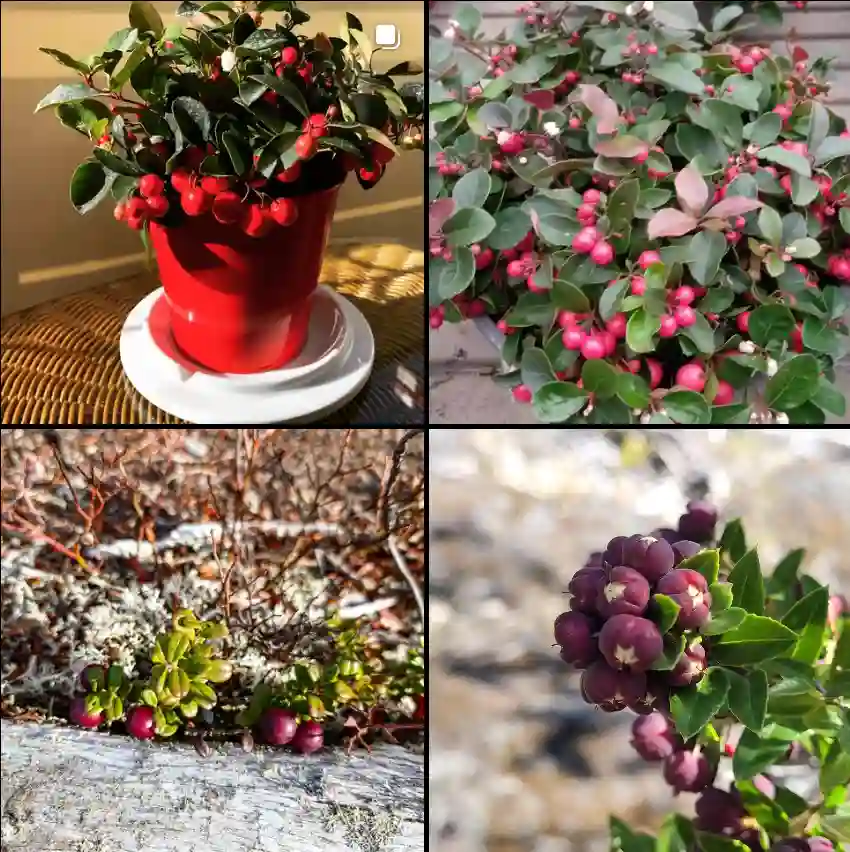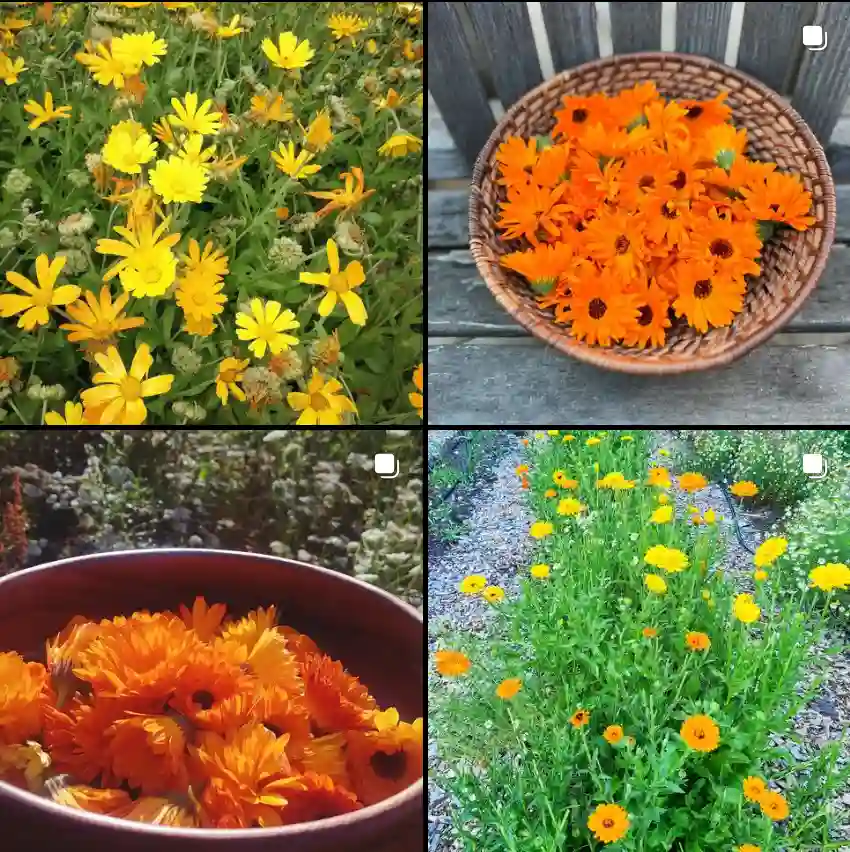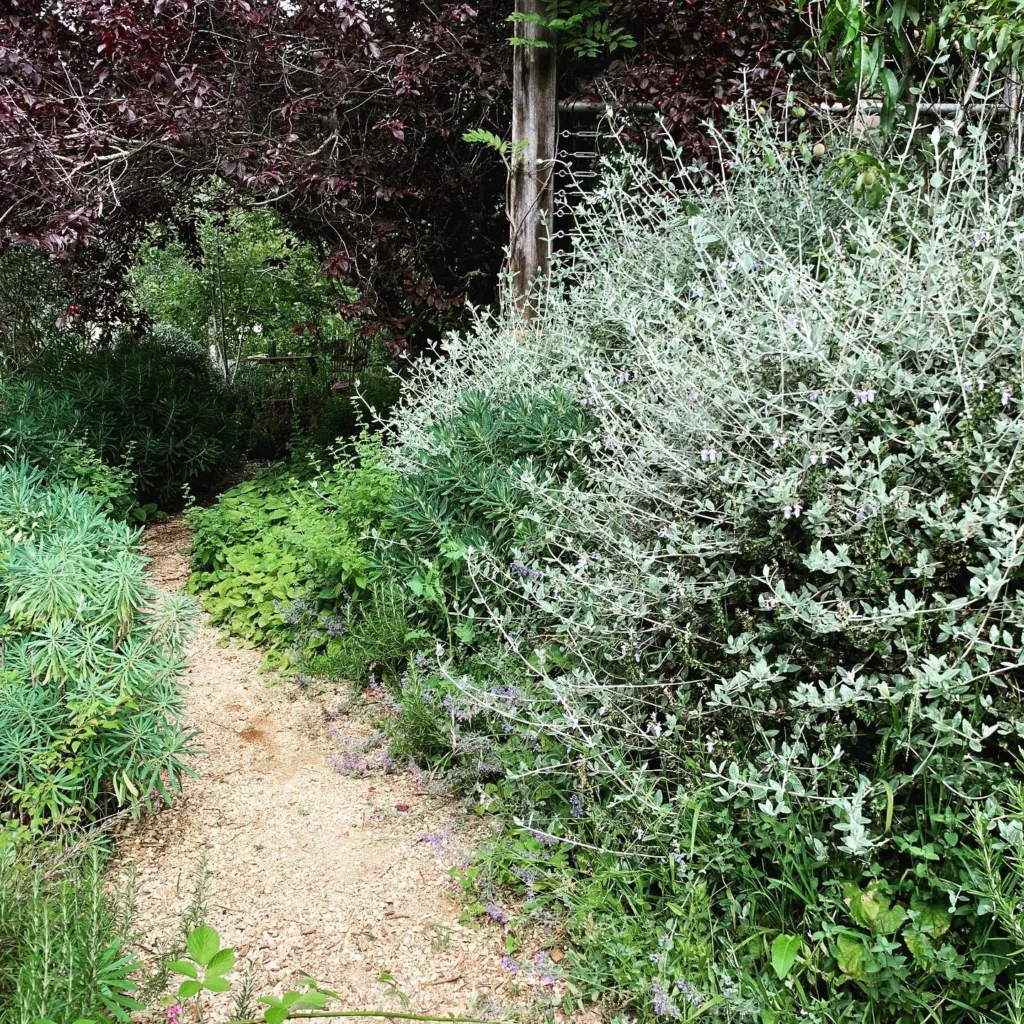
The Allure of Cornus Sanguinea: A Gardener’s Guide
There’s a certain magic to plants that transform through the seasons. The Common Dogwood, or Cornus sanguinea, is one such shrub that has captivated me. In spring, it boasts delicate white blooms, while summer brings a subtle green cloak. But it’s the fiery display of red stems come fall and winter that truly steals the show.
This deciduous beauty isn’t just visually stunning; it’s surprisingly adaptable. But before you rush out and snag one for your garden, let’s delve deeper into its secrets.
56 Species in Genus Cornus – Dogwood
How to propagate Cornus Sanguinea?
There are two main ways to propagate Cornus sanguinea: cloning and seed saving. Let’s explore both methods:
- Cloning: This is the faster and more reliable way to create replicas of your favorite Cornus sanguinea. Take hardwood cuttings in late winter, ideally from one-year-old stems that are about pencil thickness. Cuttings should be around 6-8 inches long, with a clean diagonal cut at the bottom and a straight cut just above a bud at the top. Dip the cut end in rooting hormone and plant them in a well-draining potting mix. Keep the soil moist but not soggy and provide indirect sunlight. With proper care, you should see roots developing within a few weeks.
- Seed Saving: While slower, seed saving allows you to witness the entire life cycle of Cornus sanguinea. Collect the fleshy drupes (fruits) in late summer when they turn a deep purple-black. Extract the seeds from the pulp and wash them thoroughly. Store them in a cool, moist container like a sealed plastic bag with damp sand for stratification over winter. Sow the seeds in spring in a well-draining potting mix and keep them consistently moist. Seedlings can be slow to germinate, so patience is key.
How to care for Cornus Sanguinea?
Pruning Cornus sanguinea is essential to maintain its shape and encourage vibrant stem color. Here’s a basic guide:
- Prune for Shape: The ideal time for shaping is in late winter, before new growth emerges. Remove any dead, diseased, or overcrowded branches. You can also trim back wayward branches to maintain a desired size or form.
- Encourage Stem Color: To maximize the fiery red hue of the stems, consider coppicing (cutting all stems back to near ground level) every few years in late winter. This stimulates new growth, resulting in brighter-colored stems.
Remember, prune with sharp, clean tools to minimize damage to the plant.
Is Cornus Sanguinea Poisonous?
Yes, all parts of Cornus sanguinea are considered mildly toxic. The berries contain a compound called cornin, which can cause stomach upset, nausea, and diarrhea if ingested. While the risk is low for adults, it’s crucial to keep children and pets away from the berries.
Will Cornus Sanguinea Thrive in Your Climate?
Cornus sanguinea is a versatile shrub that adapts well to a range of climates. Let’s see if it’s a good fit for your garden:
- Will Cornus Sanguinea Grow in North Texas? The answer is yes! North Texas falls within USDA Hardiness Zones 7b-9b, which perfectly aligns with the preferred growing conditions of Cornus sanguinea (Zones 4-9). It can tolerate the heat and humidity of North Texas summers as long as it receives adequate watering during dry spells.
- Will Cornus Sanguinea Grow in Zone 8? Absolutely! Zone 8 offers ideal conditions for Cornus sanguinea. It will enjoy the warm summers and cool winters, thriving with proper care.
Beyond the Basics: Additional Tips for Cornus Sanguinea Success
While Cornus sanguinea is relatively low-maintenance, here are some additional tips for optimal growth:
- Planting: Choose a location that receives at least 6 hours of sunlight daily. Amend the soil with organic matter for improved drainage and fertility.
- Watering: Water regularly, especially during the first growing season and during extended dry periods.
- Mulching: Apply a layer of mulch around the base of the plant to retain moisture, suppress weeds, and regulate soil temperature.
- Pests and Diseases: Cornus sanguinea is generally resistant to pests and diseases. However, keep an eye out for common problems like aphids and powdery mildew.
Bringing it All Together: The Enchantment of Cornus Sanguinea
With its captivating seasonal display, adaptability, and ease of care, Cornus sanguinea is a true gem for gardeners. By following these simple tips, you can cultivate this vibrant shrub and enjoy its beauty for years to come.
If i die, water my plants!



